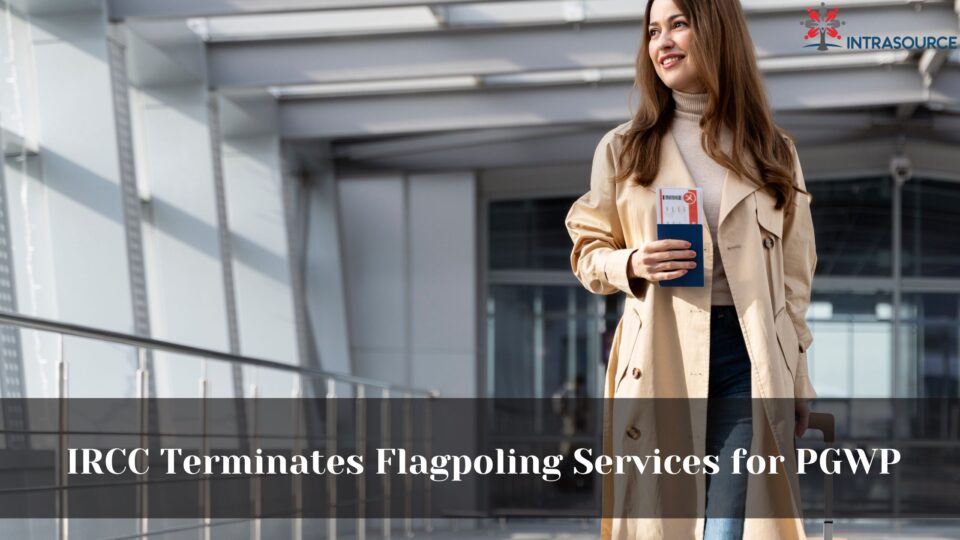IRCC Ends Flagpoling at Ports of Entry
As of June 21, Immigration Refugees and Citizenship Canada (IRCC) has announced a significant policy change, stating that foreign nationals can no longer apply for a post-graduation work permit (PGWP) at Canadian ports of entry (POE). This change takes effect immediately.
Immigration Minister Marc Miller elaborated on the decision, noting that the measure aims to reduce “flagpoling,” thereby allowing border officers more time to focus on enforcement activities. The change is anticipated to decrease delays for travelers and speed up the movement of commercial goods between Canada and the United States.
Additionally, the department believes this modification will enhance “fairness amongst applicants” and pledges to continue finding other ways to curtail flagpoling in the future.
“While we continue to support and recognize the contributions of international graduates to Canada’s labour market, ‘flagpoling’ is unnecessary,” said Minister Miller. “The time and effort required to process applications from ‘flagpolers’ takes officers on both sides of the border away from their crucial role in protecting the safety, security, and prosperity of Canadians and Americans. This measure will help prevent this practice while maintaining the integrity of our immigration system.”
What is Flagpoling?
Flagpoling is a legal practice where eligible temporary residents—those on a work or study permit, or with a visitor visa/electronic Travel Authorization (eTA)—can exit and re-enter Canada through a designated port of entry within 24 hours to receive immigration services. This method has been used as a shortcut to avoid lengthy processing times that can follow online or paper applications submitted to IRCC. Additionally, it provides an opportunity for face-to-face interaction with an immigration official, which can be beneficial in resolving any issues related to immigration applications.
The Canadian Border Services Agency (CBSA) advises newcomers to use flagpoling services carefully, as wait times at POEs can still be long and may have immigration implications if temporary residents do not manage their departure and re-entry into Canada properly.
Implications for PGWP Applicants
Some PGWP applicants have employed flagpoling as a strategy to circumvent lengthy processing times. To address these concerns, IRCC states they are implementing several measures:
- Speeding up processing times for in-Canada work permit applications.
- Simplifying online application forms and processes so foreign nationals can continue working while awaiting decisions on their new applications.
- Authorizing workers to start working for new employers immediately rather than waiting for their new work permit applications to be processed before changing jobs.
From March 1, 2023, to February 29, 2024, PGWP applicants accounted for one-fifth of the foreign nationals who attempted flagpoling.
Updates to every flagpoling service recently
Recently, the Canadian and United States governments announced changes to flagpoling services in an effort to address growing wait times and traffic at key Points of Entry (POEs). As a result, flagpoling services at 12 Canadian POEs will now have reduced hours of service. For a detailed breakdown of the new hours for each Canadian POE, please visit IRCC’s dedicated webpage.


